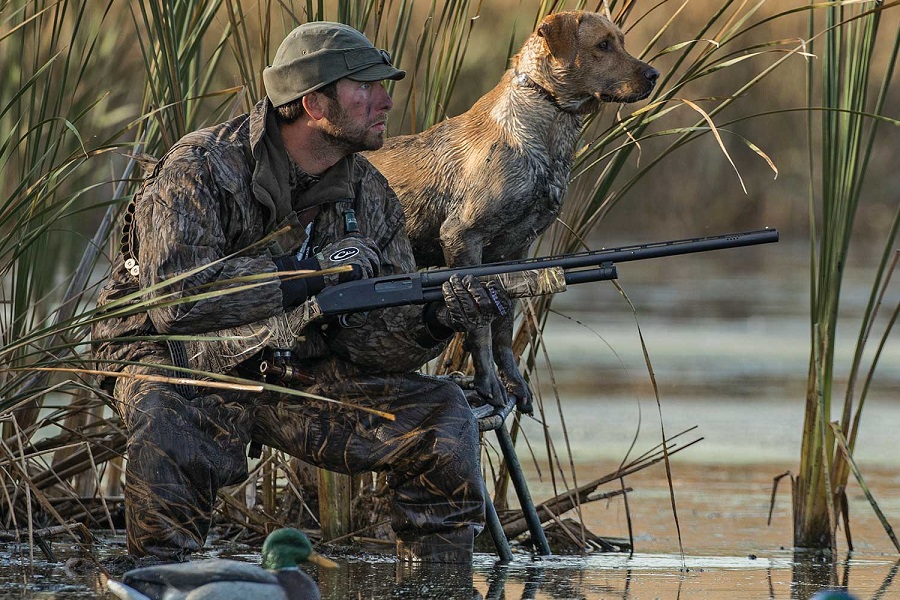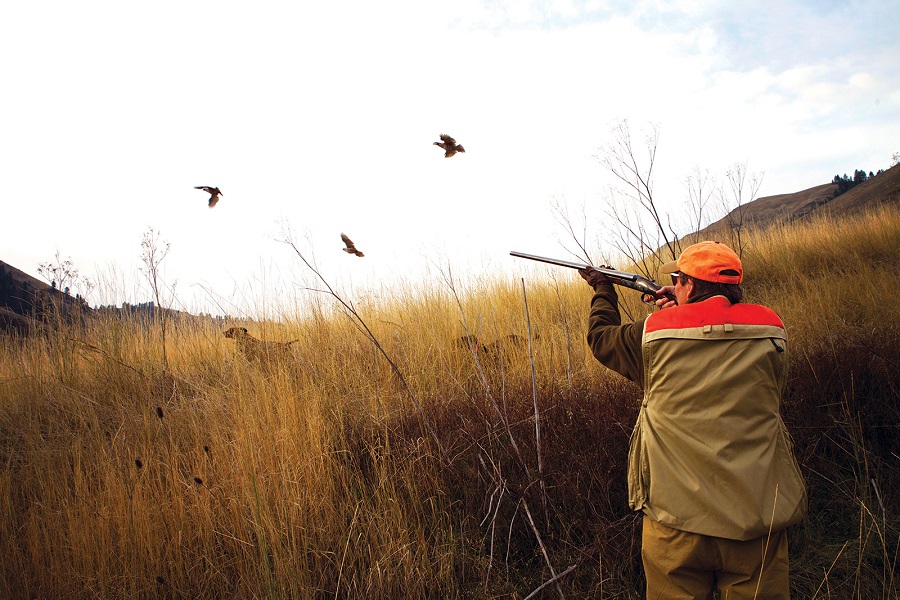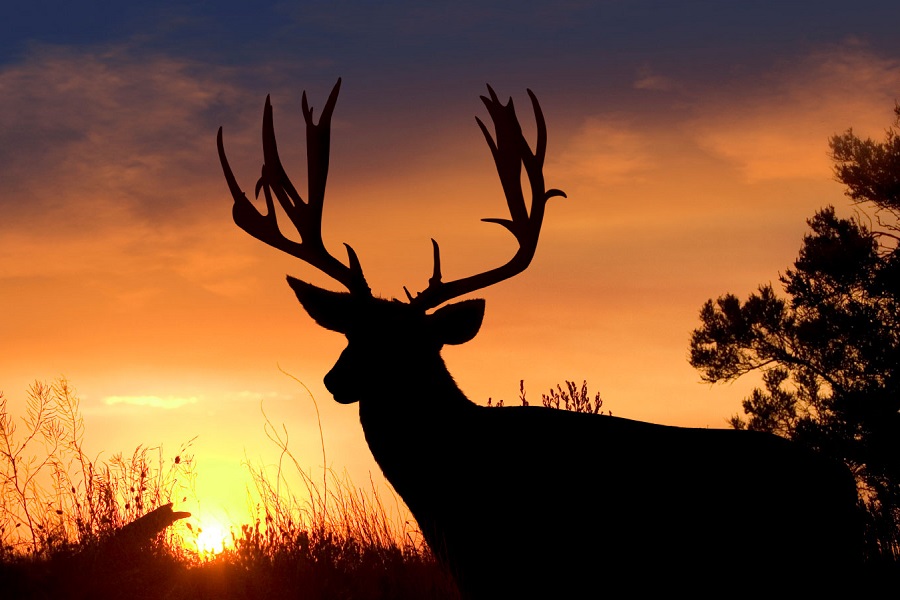Visibility is absolutely everything when you’re hunting. You’re at a disadvantage in many ways because most animals have superior senses over humans. Deer can hear small sounds miles away, antelope can run 61 MPH, and bloodhounds can smell something that’s forty feet underground,what have you got? Tools.
Binoculars seem like an afterthought, but they should absolutely be included in your primary kit. They’re not only critical in spotting prey but also super helpful in the winter months, when there’s less brush in the way. Let’s go over the main benefits and reasons you need hunting binoculars.
1. Identify Prey Easily
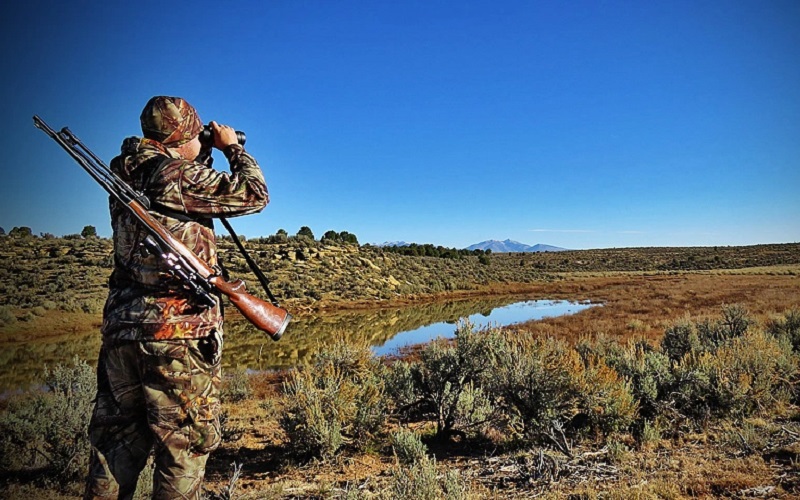
Your eyesight isn’t as keen as you would like it to be, and that’s okay—you’ve got binoculars to make up the difference. Most hunting accidents occur because of a mistaken identity, where another hunter will assume you are prey. While it’s a terrible incident, it just goes to show that visibility is important.
So it helps you identify if another hunter is in the area, but it also helps you out with actually spotting what prey you’re looking at. Whitetail and blacktail deer look similar, but up close, you can tell that they are different. Identification from a distance is important because otherwise you could end up hunting something that is off-season or mistaking what you’re shooting at altogether.
It’s also going to prevent you from scaring that prey away. It’s very easy to startle animals, so you can plan out your course of action with an overwatch on the area. Speaking of which, that brings us to our next benefit.
2. Total Surveillance
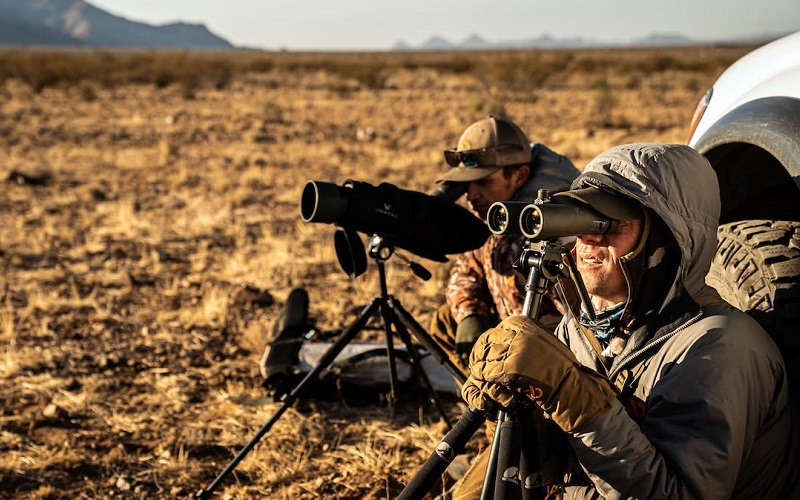
You get to look out over the wide open plains and locate watering holes, spot tracks in the snow, and be wary of prey. From a distance and with a trained eye, you can also spot predators that are waiting in the midst. It’s important to get intimate with an area before you start venturing into it, so you can know where your prey might be hiding and what choke points there are before setting foot.
Surveillance is best done from a slightly elevated position. About 200 feet higher than the hunting grounds will provide enough aerial view for you to make sound decisions and plan everything out. When you already have a strategy in mind, you’re removing surprise encounters and unexpected terrain from the equation—you can cut off the prey and box them in, making them an easy target.
With this strategic planning, you can also match it against your capabilities. Are you a good shot, but only from a distance? Find the right vantage point to move towards before you engage with your prey. Are you better at close encounters that are under 100 yards? That’s okay; you’ll be able to account for that and get a grip on a good spot before engaging with your prey. Just be careful not to get so close that you spook them.
3. One-Up On Predators

Predatory animals don’t always care that you’re a human with a gun, and they will attack. By surveying the area from a distance, you should be able to spot predators that are in the middle of their own hunt as well and avoid them as necessary. If coyotes are about to pounce on a rabbit, for instance, you can either decide to engage or keep back. If their hunt is successful, it could send others in the area scattering and ruin your hunt. On the bright side, you could always hunt the coyote.
Predatory animals are excellent at what they do, and hiding before they pounce is an inborn talent. If you’re just scouting with your hunting binoculars to see some prey and you notice they’re running away, it’s likely that they’re being hunted upon and there are predatory animals in the area. This can be a clear indicator for you not to engage and to return to a different and safer place. It’s basically going to stop you from unintentionally and unknowingly wandering into a dangerous situation.
4. They Work Wonders From A Tree Stand
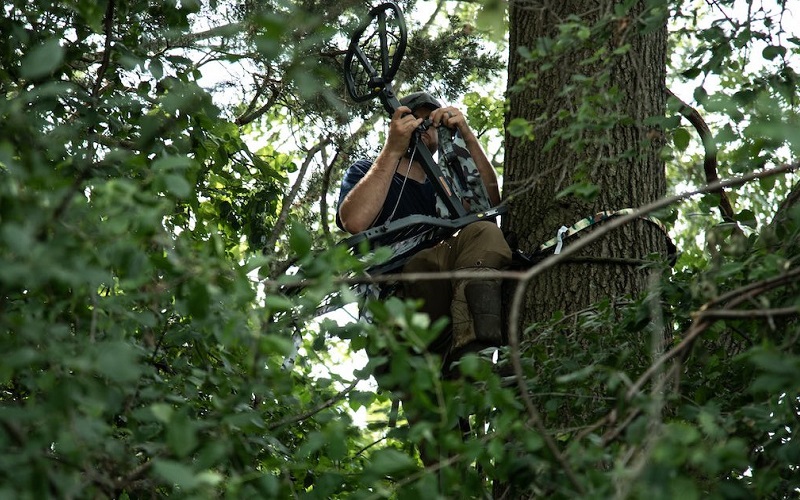
Hunting whitetail? Staying up in that tree stand can be aggravating, especially if it’s in the middle of summer and you’re looking through thick foliage and treetop canopies. You’re going to have a difficult time actually spotting your deer, but a pair of binoculars can help you look around the area while you wait to see if any are coming to the trap site.
Whether you’re setting up your stand near a river or a main food source, you don’t want to only be alerted to the deer as they show up or begin eating. You’re spending a lot of time in that tree stand, so you’re bound to lose focus and vigour as the hours creep on by. Using binoculars will keep you focused on the task at hand and ready with a rifle by your side when your prey actually wanders into the right area.
5. Spot Incoming Weather
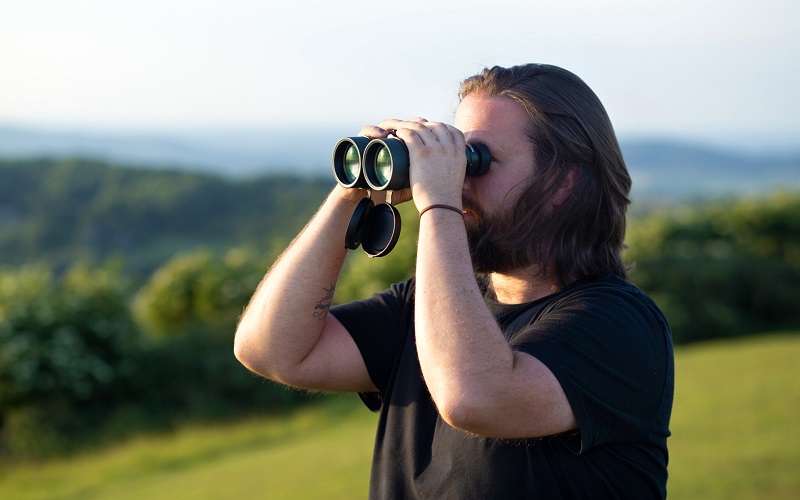
You head out 50 miles from the city, and you think you’ve got the right weather readings, but you don’t. Weather forecasts are only so accurate, and even then, they primarily focus on metropolitan areas and towns, not the centre of the wild. It’s not implausible for the weather to be different when you’re fifty miles from your usual forecast.
You could have a barometer on your GPS watch, but it’s only going to be an indicator of the incoming weather. With enough zoom (10x or more) on your hunting binoculars, you can physically see the rain clouds coming in from the horizon. With a little bit of prior knowledge (45–50 minutes of online research), you’ll be able to identify which direction the clouds are moving in and find out if you are tracking them properly.
Some of the best times to hunt deer are actually when it begins raining, as they’ll usually return to their bedding areas. That means that as the rain comes in, there’s a lot of activity that you can benefit from. So long as you have the right waterproof hunting gear (and, for that matter, waterproof and humidity-proof binoculars), you can pursue the hunt and locate where game hangs their heads. It’s an easy hunt.
What Zoom Do I Need For Hunting Binoculars?
It depends on what you’re hunting. You want binoculars with a variable optical zoom, so you can jump from 4x to 10x if needed. Magnification levels differ depending on what the binoculars will be used for. “Hunting” is non-specific; is it for whitetail tracking or for pheasant spotting? Applications will vary, but anything less than 4x zoom is essentially useless.
Be wary, though: many variable-zoom binoculars are not waterproof. Moving parts need to switch out lenses inside the binoculars, and that makes the entire unit hard to seal. Manufacturers may forego waterproofing (apart from a simple IPX rating for dust resistance) altogether if the situation calls for it.
What Is the Field Of View?
The field of view is relative because it depends on how much the binoculars zoom in. If they have a variable zoom, companies will be ambiguous about the field of view, or FOV, settings on a pair of binoculars. Your field of view is how wide of an angle you’re looking at from the preset distance.
Your FOV shouldn’t be more than 90° if you have a 1,000-yard zoom. The bigger the FOV number, the wider the angle, and the more you can see. Think of it like this: a high FOV means that slight adjustments when moving your binoculars will bring a lot of ground into view at a very fast pace. Smaller FOVs are perfectly fine for long-distance binoculars, but larger ones are good for short-range (2x–4x) binoculars.
What Is A Brightness Index And Does It Matter?
This is dictated by the size of the exit pupil. The bigger the exit pupil (the back end of the binoculars that you aren’t looking through), the more light you’re going to get, and the higher the brightness index will be. Brightness indexes are mathematically and scientifically difficult to determine.
For instance, some manufacturers want you to measure your actual pupil, which isn’t something that most of us care to do. Instead, you want a higher brightness index. It matters because it will dictate clarity and visibility at long distances and on cloudier days. A low brightness index means you won’t be able to see much if the weather isn’t perfect.
A Sight For Sore Eyes
With the right pair of binoculars, you’ll be able to keep an advantage over your prey and track like a bloodhound.
We’ve covered the very best hunting binoculars in a previous post if you’re interested in finding out more information on what makes them tick and how to get the most use out of them.
Resources:

